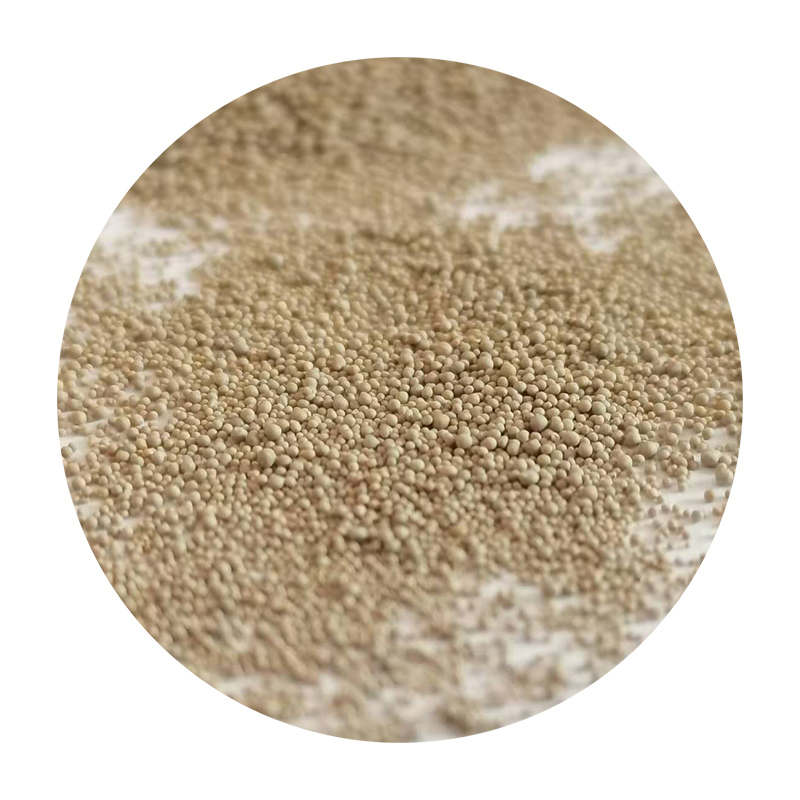The History of Sand Casting
Sand casting is one of the oldest metal-forming techniques, with roots tracing back to ancient civilizations. This process involves creating a mold from sand in which molten metal is poured to create a specific shape. Its enduring presence in manufacturing is a testament to its versatility and effectiveness.
The History of Sand Casting
During the Middle Ages, the rise of foundries marked a significant development in sand casting. Craftsmen began experimenting with different types of sand and binding agents to improve mold strength and detail. By the 14th century, sand casting became a cornerstone of metal production in Europe, facilitating the creation of large-scale infrastructure, including bells, cannon, and intricate architectural elements.
history of sand casting

The Industrial Revolution in the 18th and 19th centuries brought about a transformation in sand casting practices. Innovations such as the use ofcore sand, which contained additional binding materials, allowed for more complex designs and higher precision. Advances in technology facilitated the production of larger and more intricate molds, leading to a broader application of sand casting in industries such as automotive manufacturing, where it became essential for creating engine blocks and other components.
Despite the rise of other manufacturing methods like die casting and permanent mold casting, sand casting has retained its relevance due to its unique advantages. The process can accommodate large parts and complex geometries that other methods might struggle with. Additionally, it requires relatively low initial investment in equipment, making it accessible for small operations and startups.
In contemporary manufacturing, sand casting continues to be widely used. With the advent of computer-aided design (CAD) and simulation software, manufacturers can optimize mold designs, reducing waste and improving yield. Furthermore, the use of environmentally friendly sand and binders aligns with modern sustainability goals, making sand casting more appealing in today’s eco-conscious market.
In conclusion, sand casting has a rich history that spans thousands of years and has undergone significant evolution. From its beginnings in ancient civilizations to its pivotal role during industrialization, and now in modern manufacturing, sand casting remains a vital method for producing a wide array of metal components. Its enduring legacy is a reflection of its adaptability and efficiency, ensuring its continued importance in the manufacturing landscape.
Post time:ಆಕ್ಟೋ . 31, 2024 09:10
Next:advantages of sand casting process
